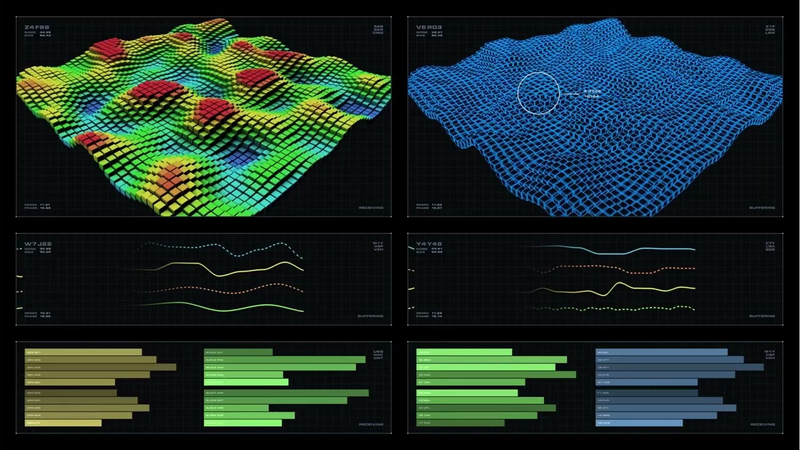TENNs: Unlocking the Power of Efficient Processing for Sequential Data
Learn more about a groundbreaking solution called Temporal Event-based Neural Networks (TENNs) developed by BrainChip, which efficiently combines spatial and temporal convolutions to process sequential data like never before.
Introduction to Temporal Event-Based Neural Networks (TENNs)
In the realm of Artificial Intelligence (AI), the evolution of neural network technologies has reached a pivotal juncture with the advent of Temporal Event-Based Neural Networks (TENNs). Developed by BrainChip, TENNs represent a groundbreaking approach to processing sequential spatiotemporal data, addressing the limitations of traditional neural network models like Convolutional Neural Networks (CNNs) and Recurrent Neural Networks (RNNs).
CNNs, while proficient in processing spatial information in images, falter in effectively utilizing temporal data. RNNs, on the other hand, capture sequential dependencies but face challenges like vanishing gradients and difficulty in parallelization. TENNs emerge as a solution, efficiently combining spatial and temporal convolutions, thus excelling in processing sequential data like video and time series data.
TENNs leverage the strengths of both CNNs and RNNs, integrating spatial and temporal characteristics of data. This integration enables TENNs to learn spatial and temporal correlations effectively, distinguishing them from traditional state-space models. Their flexibility allows for operation in either temporal convolution mode or recurrent mode, adapting to specific application requirements.
BrainChip's 2nd Generation Akida platform supports TENNs, offering state-of-the-art performance across various domains of sequential data. This includes applications in speech recognition, patient monitoring in medical equipment, and streaming video object detection and tracking. With their superior performance, low computational requirements, and versatility, TENNs are poised to revolutionize intelligent Edge solutions, providing highly accurate models for sequential data analysis with a fraction of the computational resources required by other network architectures.
For a deeper understanding of TENNs and their applications, BrainChip's white paper, "Temporal Event-based Neural Networks: A New Approach to Temporal Processing," offers comprehensive insights into this innovative technology.
More about BrainChip: Making AI ubiquitous
The integration of sophisticated IoT infrastructure with Artificial Intelligence technologies, particularly those modeled after human neural processes, results in a significant enhancement of operational efficiency. This amalgamation facilitates proactive problem-solving, augments interactions between humans and machines, and fortifies security measures.
A crucial aspect of proliferating AI ubiquitously lies in simplifying its deployment and scalability. Achieving this necessitates a reduction in costs, autonomy from cloud reliance, and the localization of intelligence in proximity to sensory inputs.
Brainchip's comprehensive and decentralized strategy alleviates the burden on cloud resources, thereby catalyzing a surge in capable and intelligent sensing devices at the Edge. This approach is instrumental in accelerating the global advancement of artificial intelligence, marking a significant milestone in the AIoT domain.
Brainchip’s holistic, distributed approach frees up the cloud and creates an explosion of capable, intelligent sensing devices on the Edge that accelerate global artificial intelligence.

